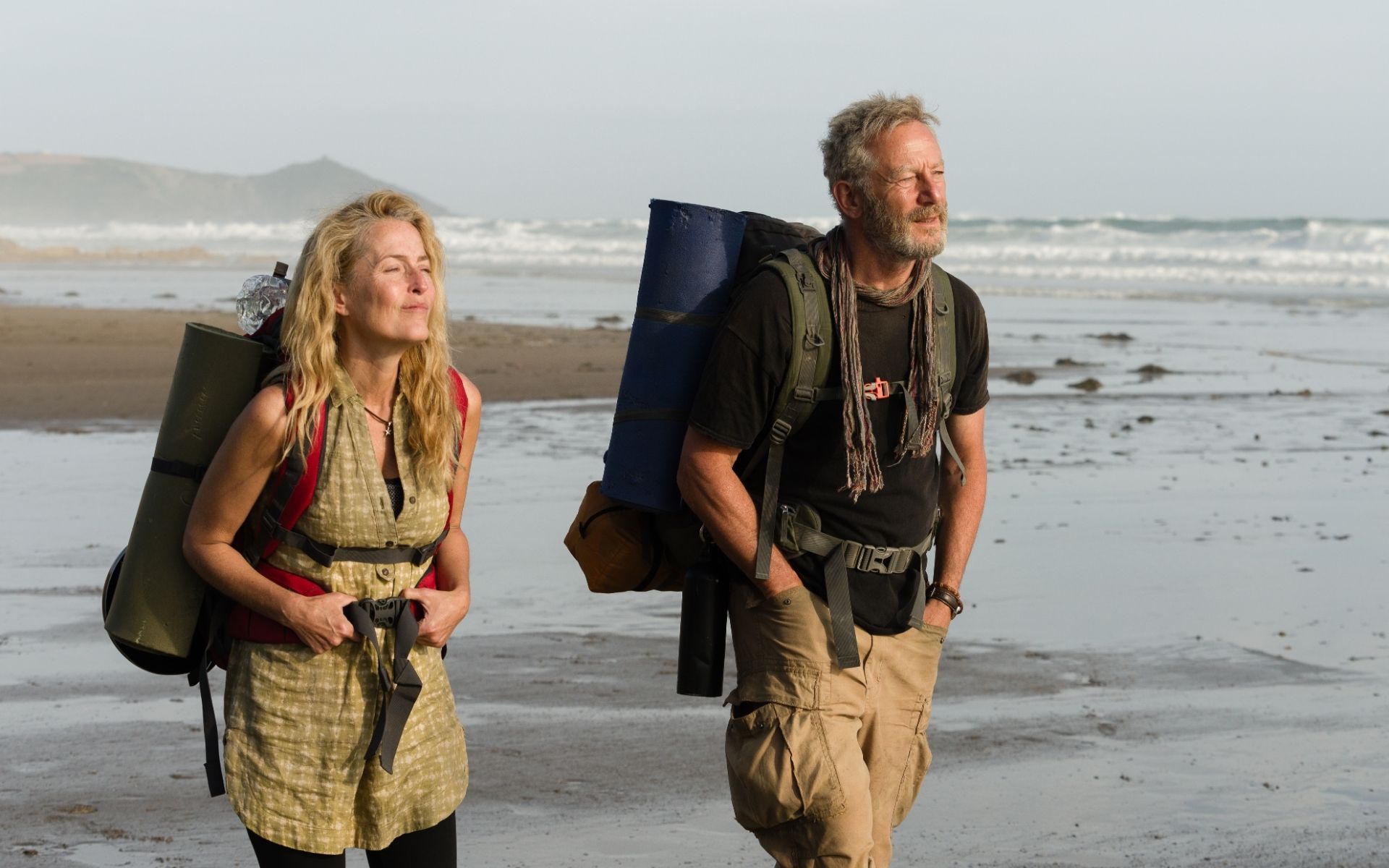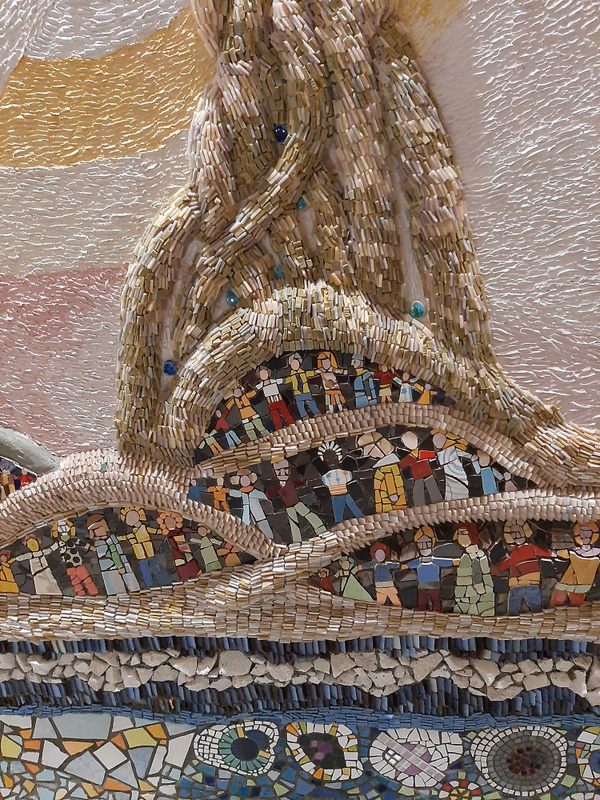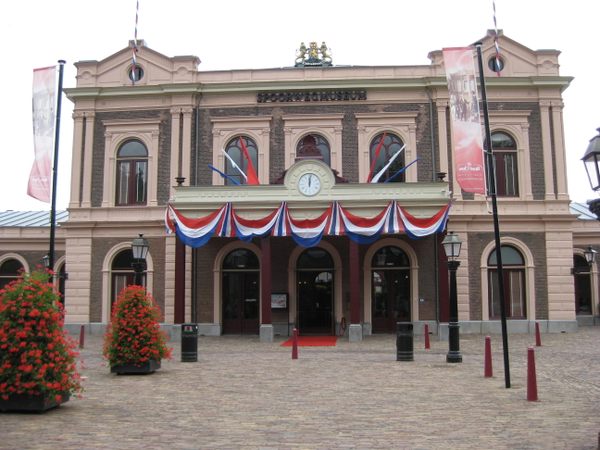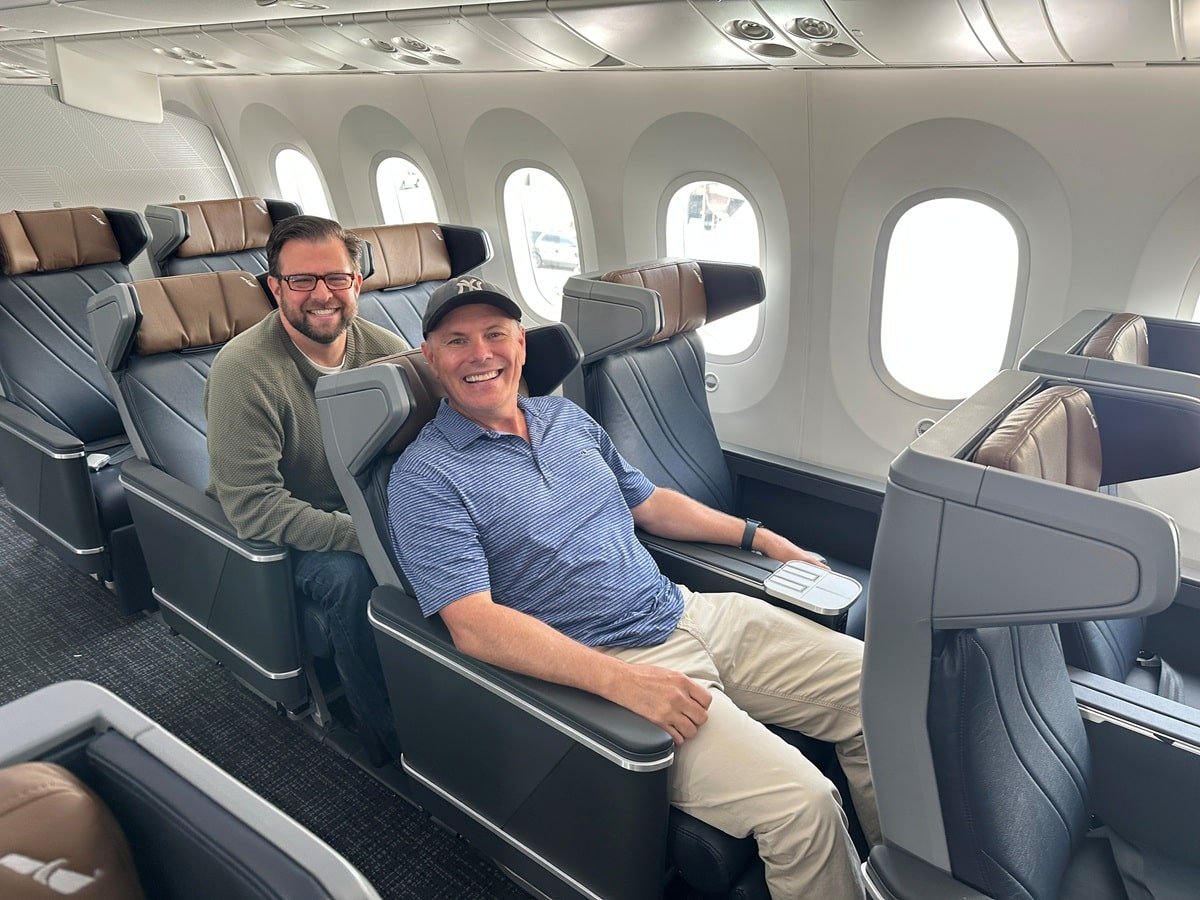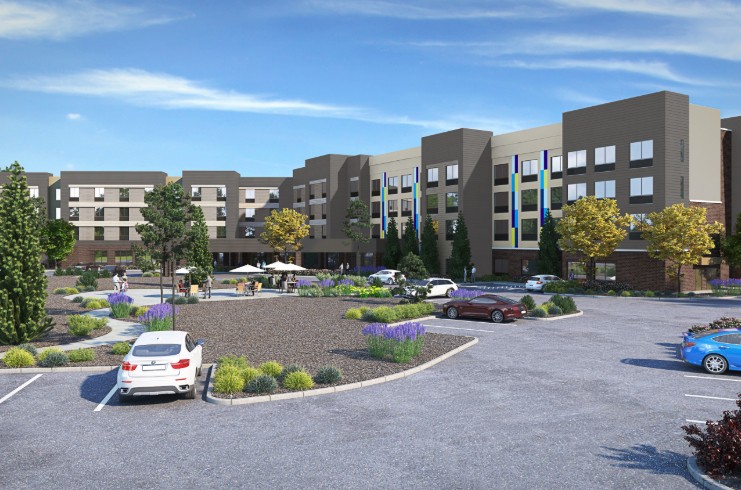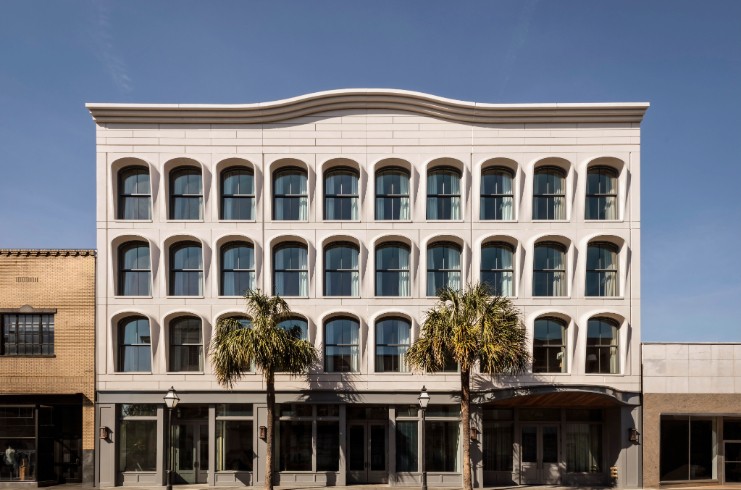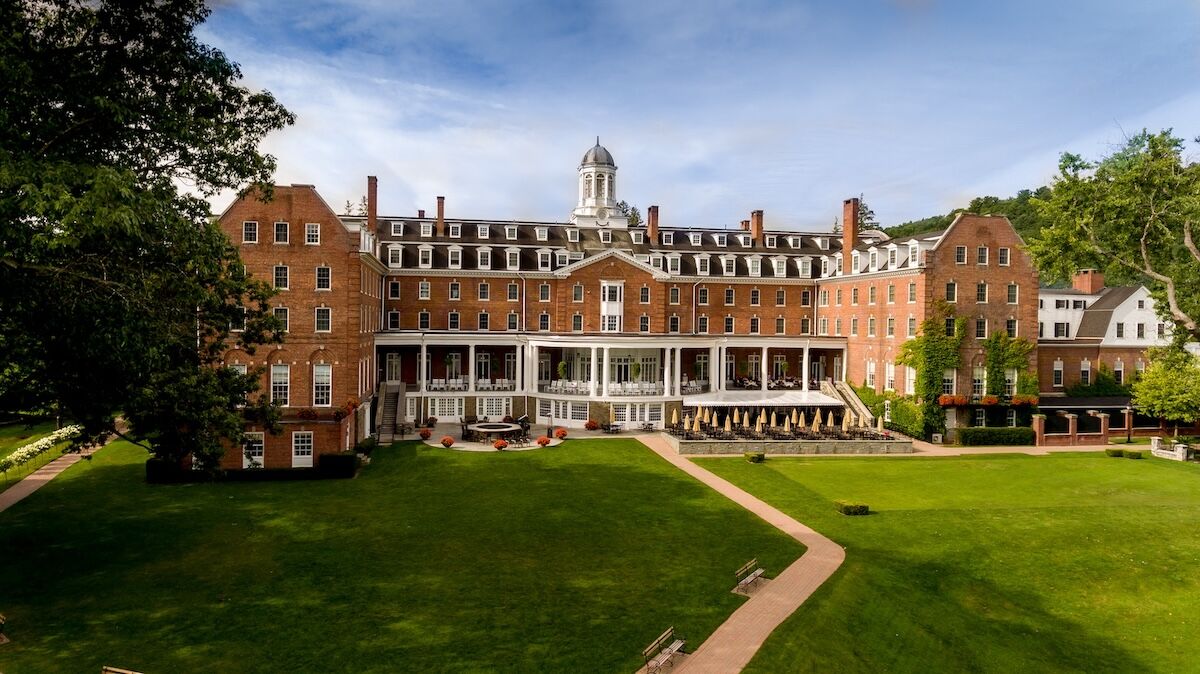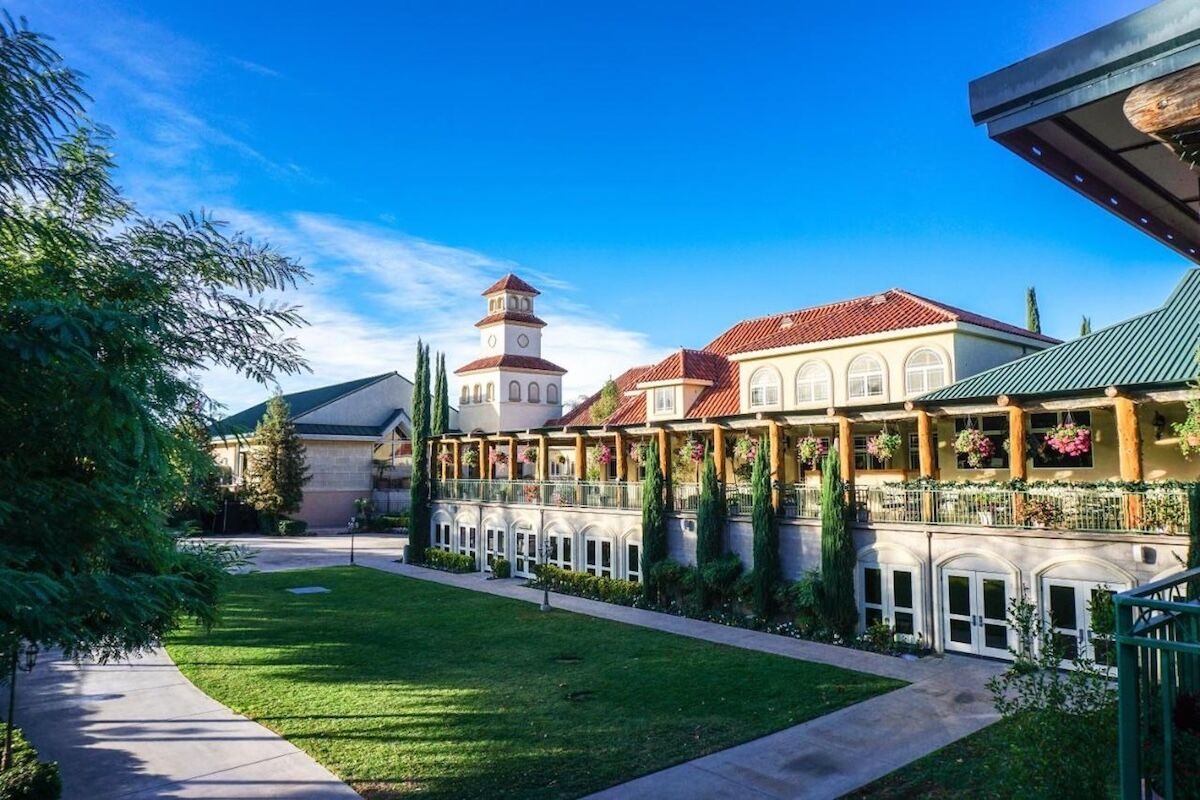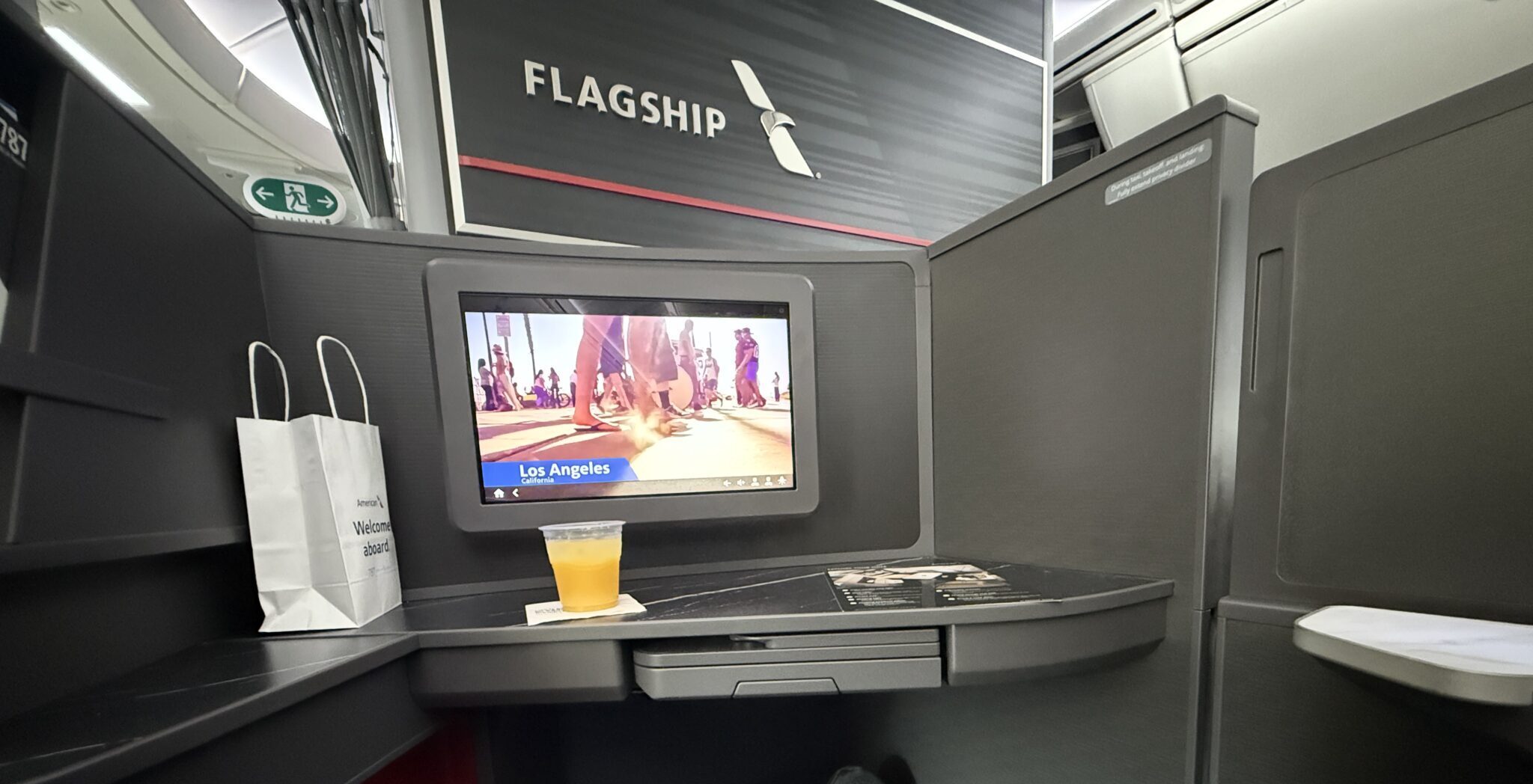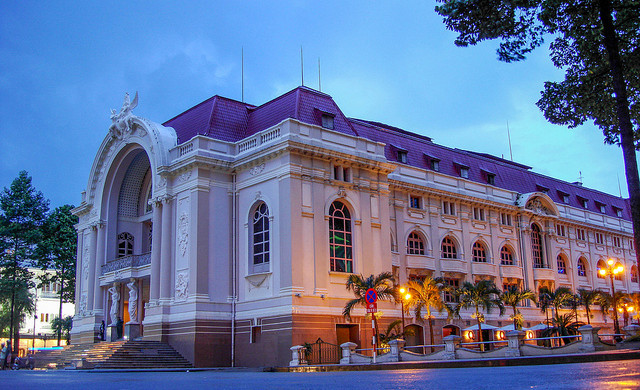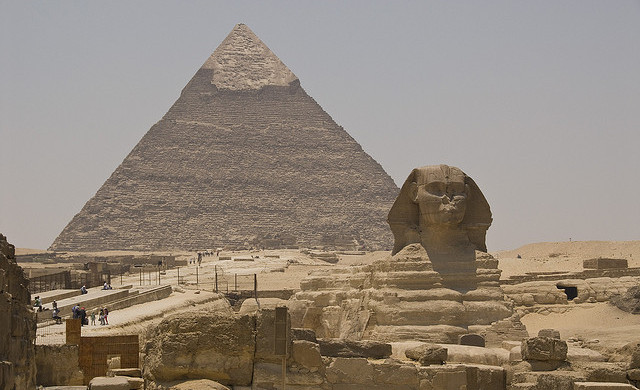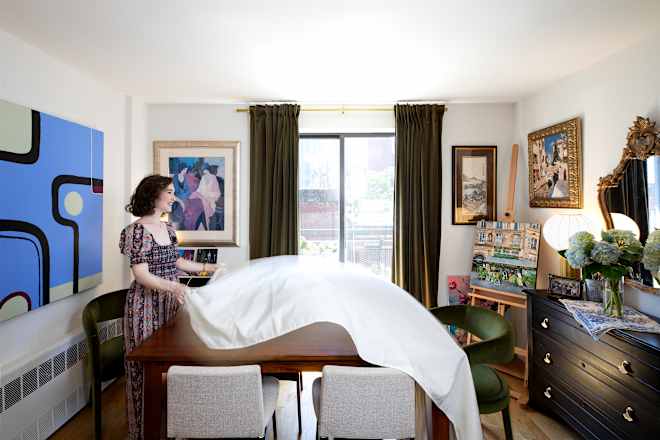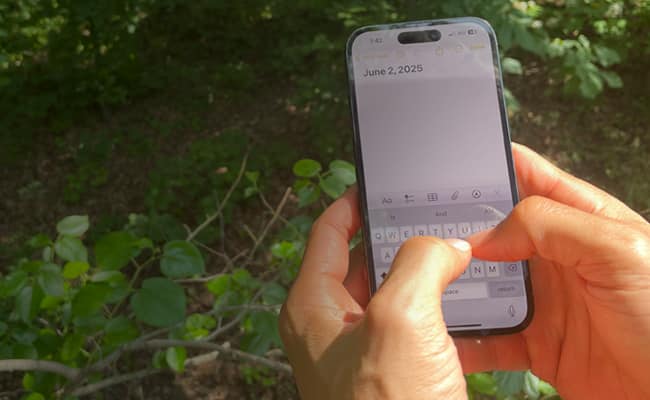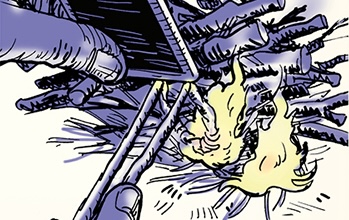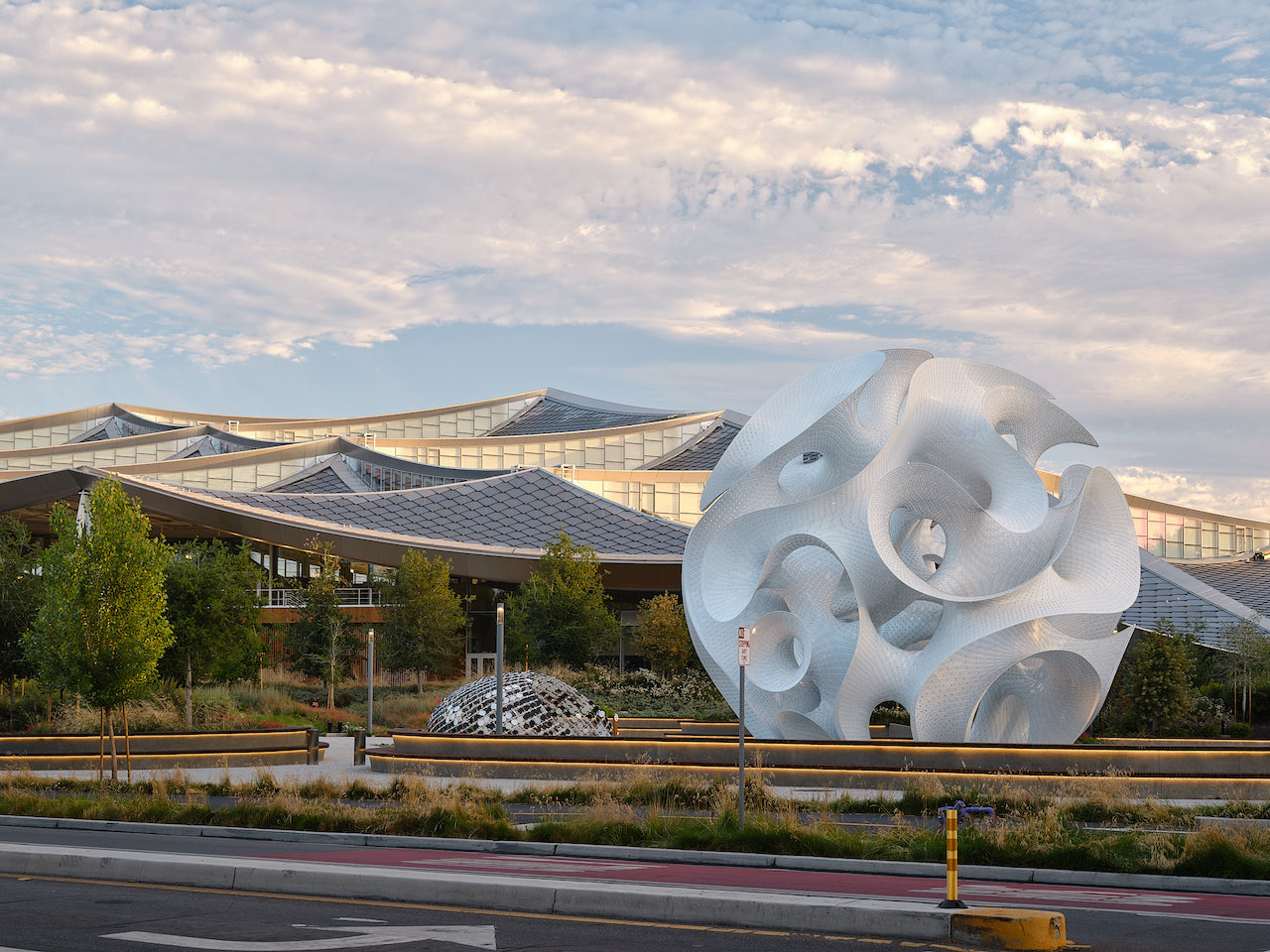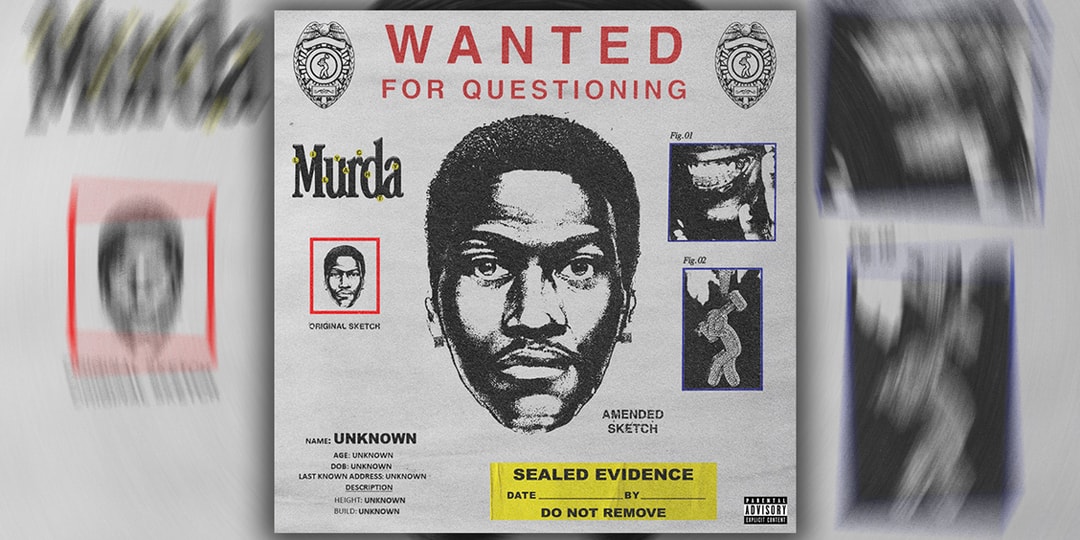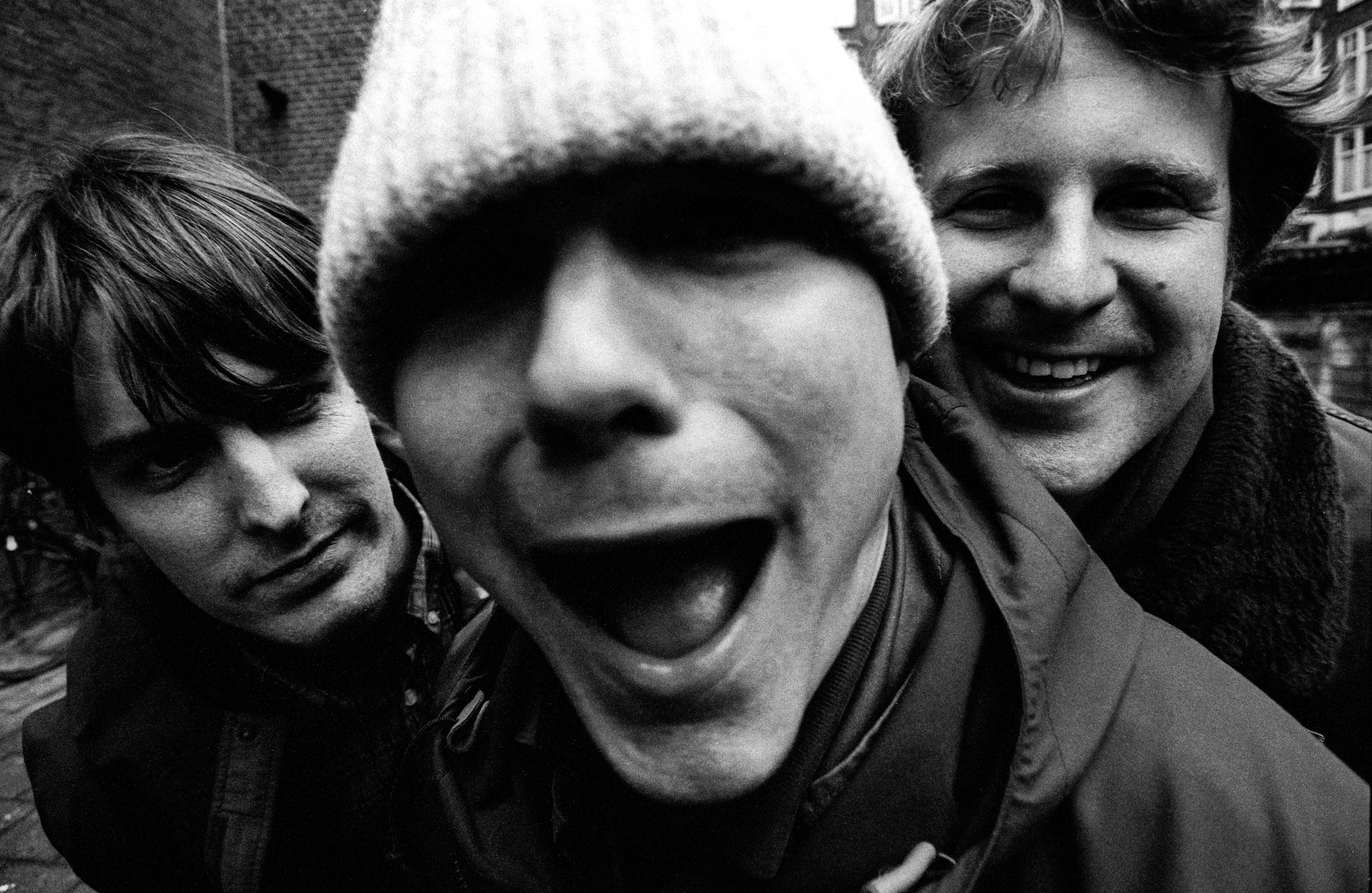St. Charles’ Church in Freetown, Sierra Leone
After the United Kingdom passed the Slave Trade Act of 1807, Freetown in the new colony of Sierra Leone became the hub of British anti-slavery activity in West Africa. The West Africa Squadron of the Royal Navy would patrol the coast looking for illegal slave-trading ships and capture them, bringing them to Freetown to undergo the legal proceedings that would see the ship impounded and the captured Africans released. However, the Africans were not returned to their homelands. Instead, they were resettled within the colony as the colony’s leaders hoped to make the endeavor profitable via agricultural export. Towards this end, Governor Charles MacCarthy established the “village system,” in which the “liberated Africans” were settled in villages in the modern-day Western Area of Sierra Leone. One of these villages was Regent, originally known as Hogbrook. An important feature of the village system as envisioned by Governor MacCarthy was that each town would be “managed” by a missionary from the Church Missionary Society. Preaching from a parish church, the missionaries aimed to convert the liberated Africans to Christianity. The Reverent William Augustine Bernard Johnson, known as W.A.B. Johnson, arrived in Regent in 1816. He preached from St. Charles’ Church, named in honor of Governor MacCarthy and completed that same year, thus predating St. George’s Cathedral in Freetown (completed 1817). Reverend Johnson was immensely popular—the large crowds he attracted necessitated expansions to the new church. Johnson's magnetism helped make Regent one of the most successful of the village system towns (in the eyes of the colonial government) due to its agricultural output. Regent produced more surplus coconuts and cassava than did any other village. After the death of Reverend Johnson in 1823, attendance at St. Charles’ Church dropped, but the church has been maintained throughout the centuries. Certainly the oldest stone church in Sierra Leone, St. Charles' Church is typically also billed as one of the oldest stone churches in West Africa if not Africa entirely. As a church with an active congregation, it has been maintained and is still in use today by the people of Regent.
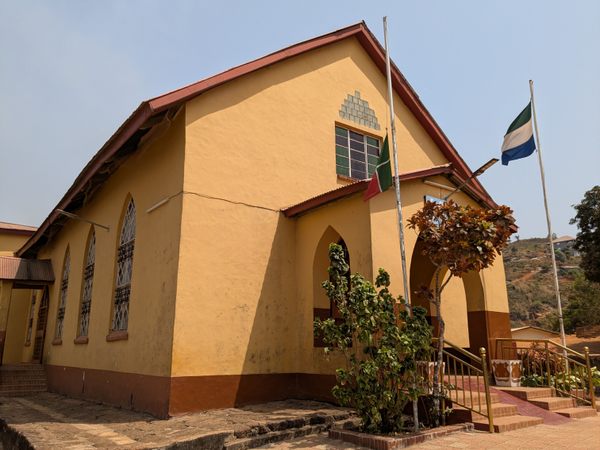

After the United Kingdom passed the Slave Trade Act of 1807, Freetown in the new colony of Sierra Leone became the hub of British anti-slavery activity in West Africa. The West Africa Squadron of the Royal Navy would patrol the coast looking for illegal slave-trading ships and capture them, bringing them to Freetown to undergo the legal proceedings that would see the ship impounded and the captured Africans released. However, the Africans were not returned to their homelands. Instead, they were resettled within the colony as the colony’s leaders hoped to make the endeavor profitable via agricultural export.
Towards this end, Governor Charles MacCarthy established the “village system,” in which the “liberated Africans” were settled in villages in the modern-day Western Area of Sierra Leone. One of these villages was Regent, originally known as Hogbrook. An important feature of the village system as envisioned by Governor MacCarthy was that each town would be “managed” by a missionary from the Church Missionary Society. Preaching from a parish church, the missionaries aimed to convert the liberated Africans to Christianity.
The Reverent William Augustine Bernard Johnson, known as W.A.B. Johnson, arrived in Regent in 1816. He preached from St. Charles’ Church, named in honor of Governor MacCarthy and completed that same year, thus predating St. George’s Cathedral in Freetown (completed 1817). Reverend Johnson was immensely popular—the large crowds he attracted necessitated expansions to the new church. Johnson's magnetism helped make Regent one of the most successful of the village system towns (in the eyes of the colonial government) due to its agricultural output. Regent produced more surplus coconuts and cassava than did any other village.
After the death of Reverend Johnson in 1823, attendance at St. Charles’ Church dropped, but the church has been maintained throughout the centuries. Certainly the oldest stone church in Sierra Leone, St. Charles' Church is typically also billed as one of the oldest stone churches in West Africa if not Africa entirely. As a church with an active congregation, it has been maintained and is still in use today by the people of Regent.
![‘Predator: Killer of Killers’ Directors on the Anthology Format and Historical Accuracy [Interview]](https://i0.wp.com/bloody-disgusting.com/wp-content/uploads/2025/06/Screenshot-2025-05-19-121021-1.jpg?fit=1694%2C802&ssl=1)

![Vampiro Returns — To Build a Cult on the Airwaves [Podcast]](https://bloody-disgusting.com/wp-content/uploads/2025/06/vAMPIRO-bANNER-TEMP-1024x576.png)




















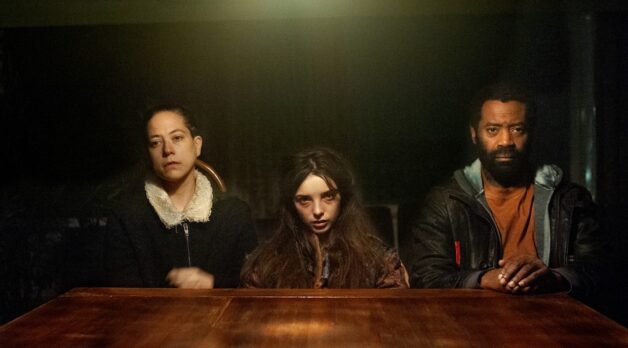
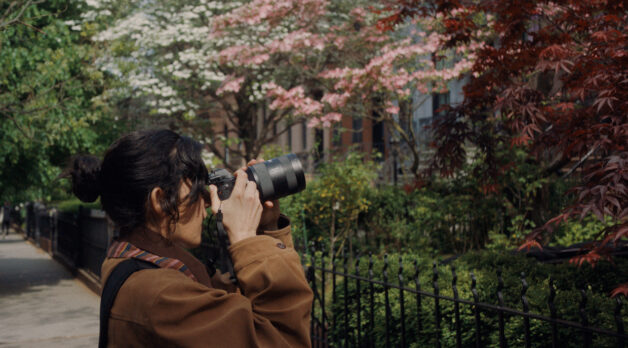
























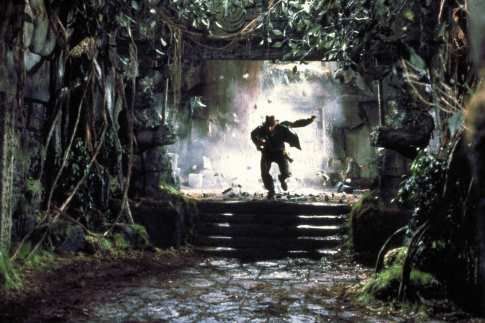
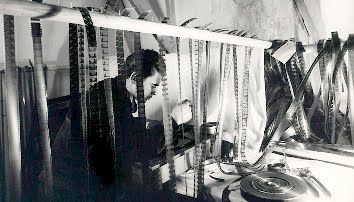
![The Sweet Cheat [THE PAST REGAINED]](https://jonathanrosenbaum.net/wp-content/uploads/2011/05/timeregained-womanonstairs.png)
















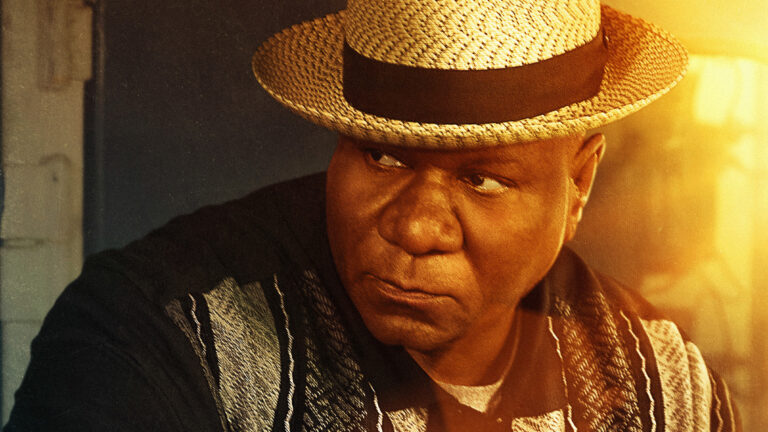

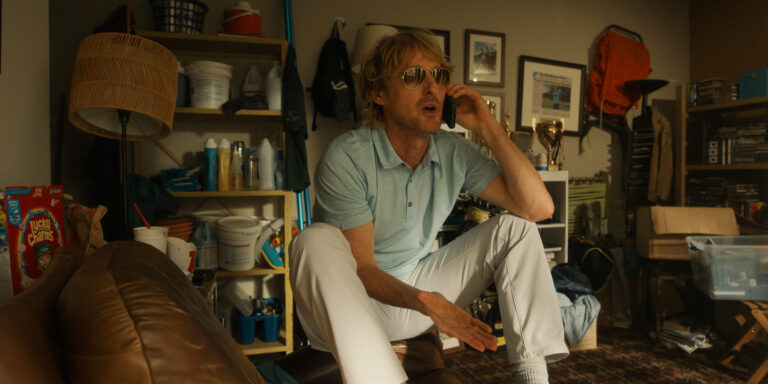
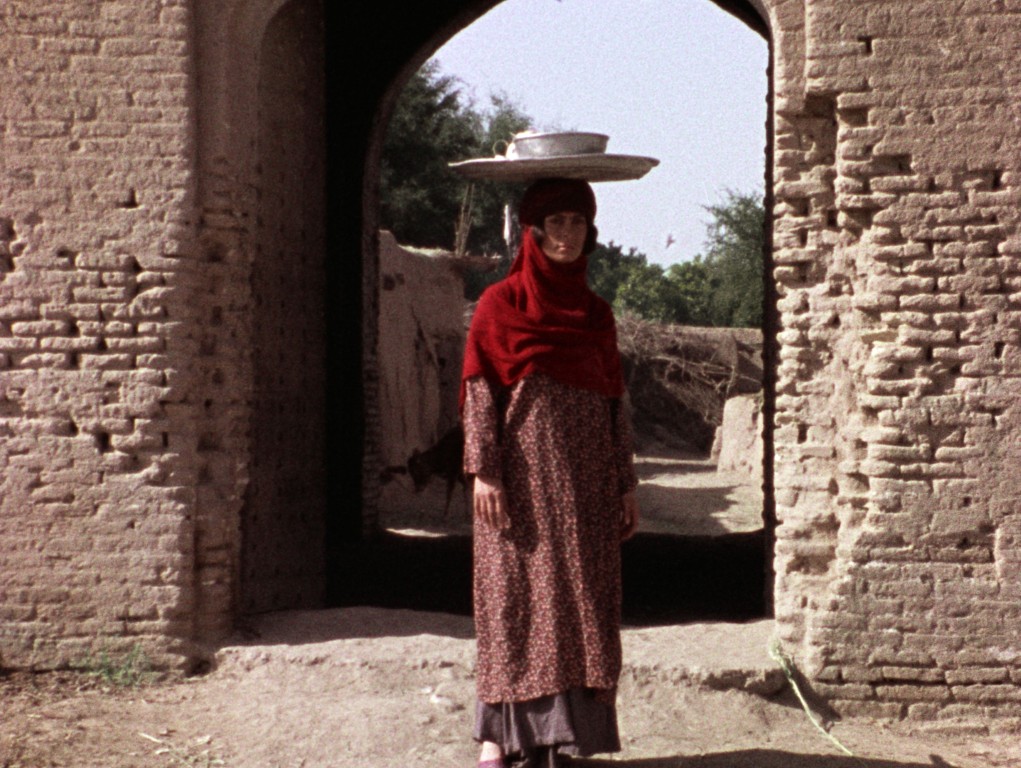









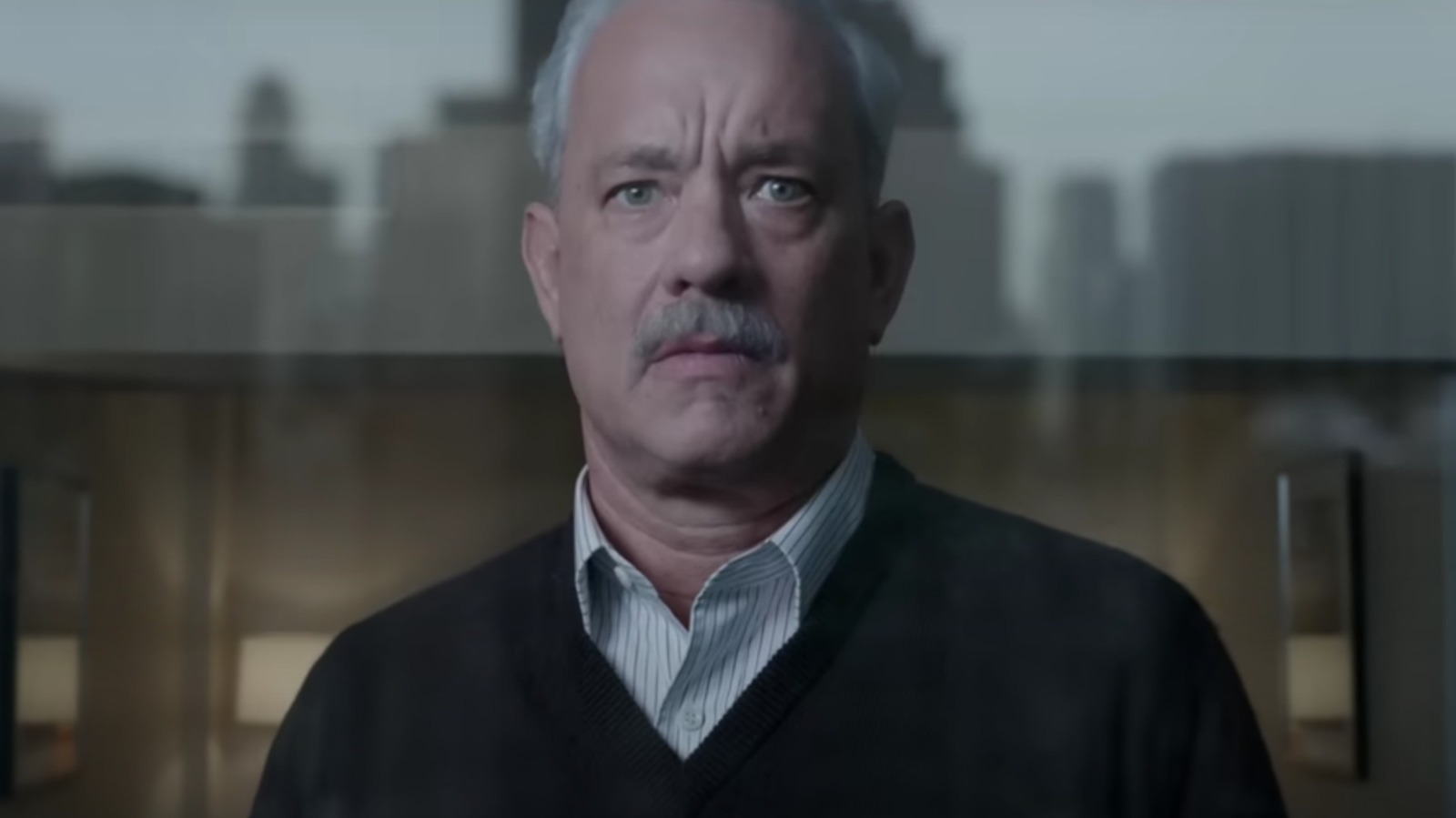













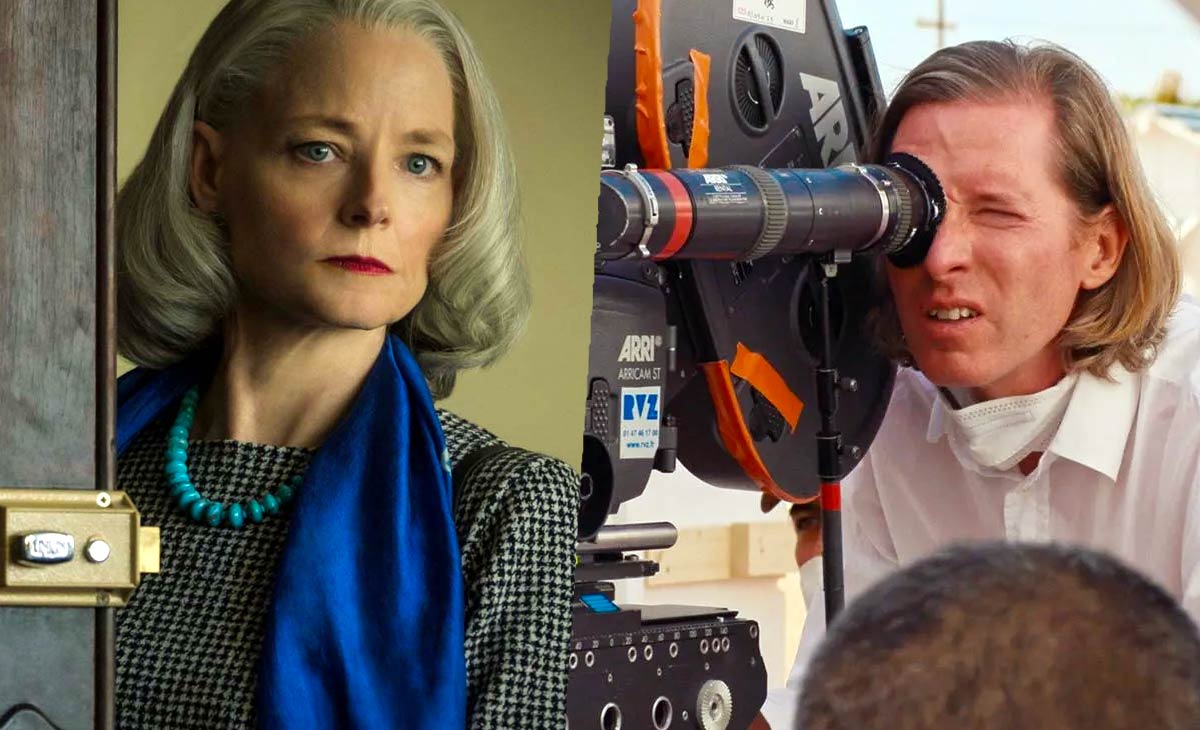















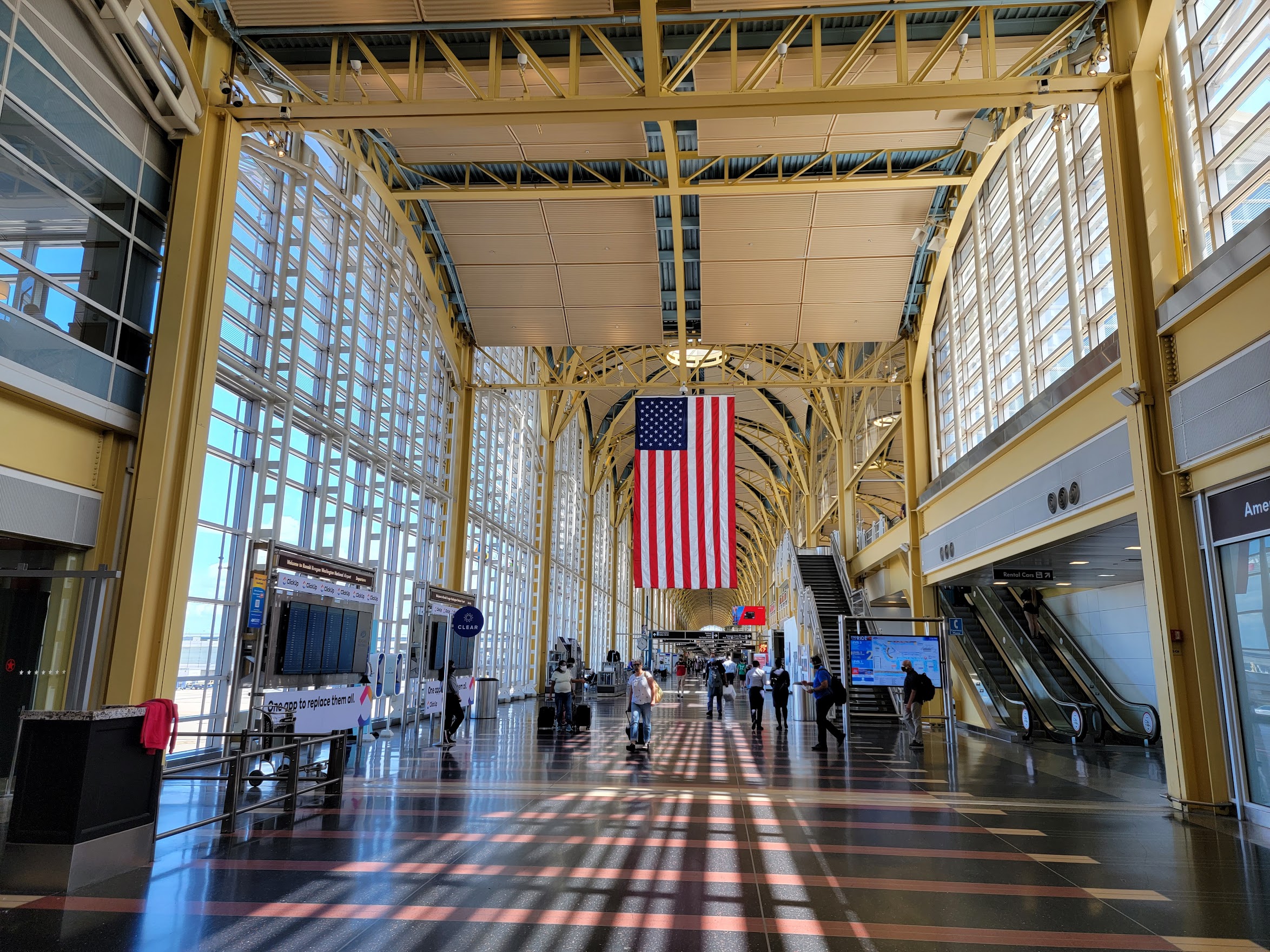
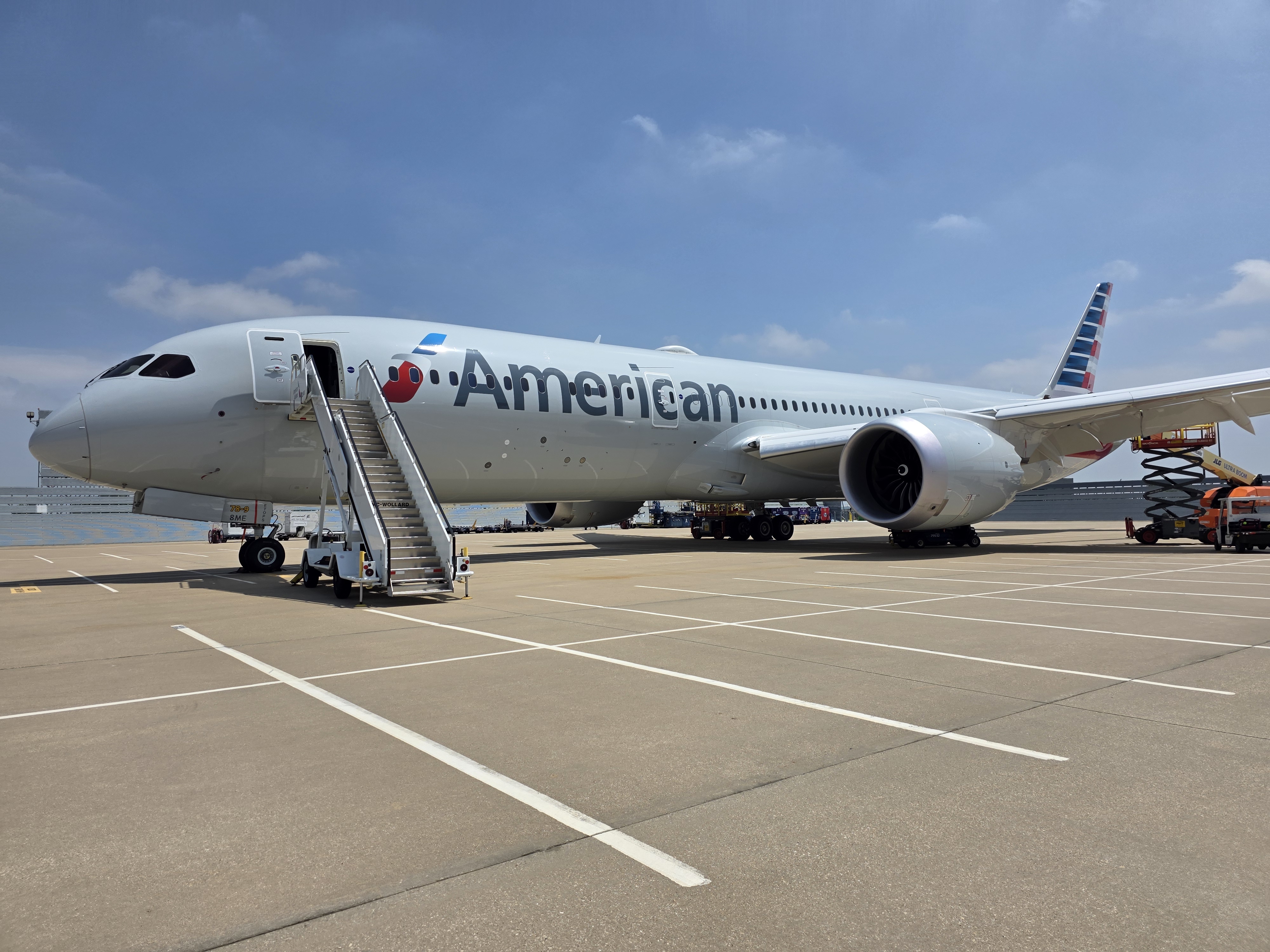
![United Quietly Revives Solo Flyer Surcharge—Pay More If You Travel Alone [Roundup]](https://viewfromthewing.com/wp-content/uploads/2025/04/united-737-max-9.jpg?#)


